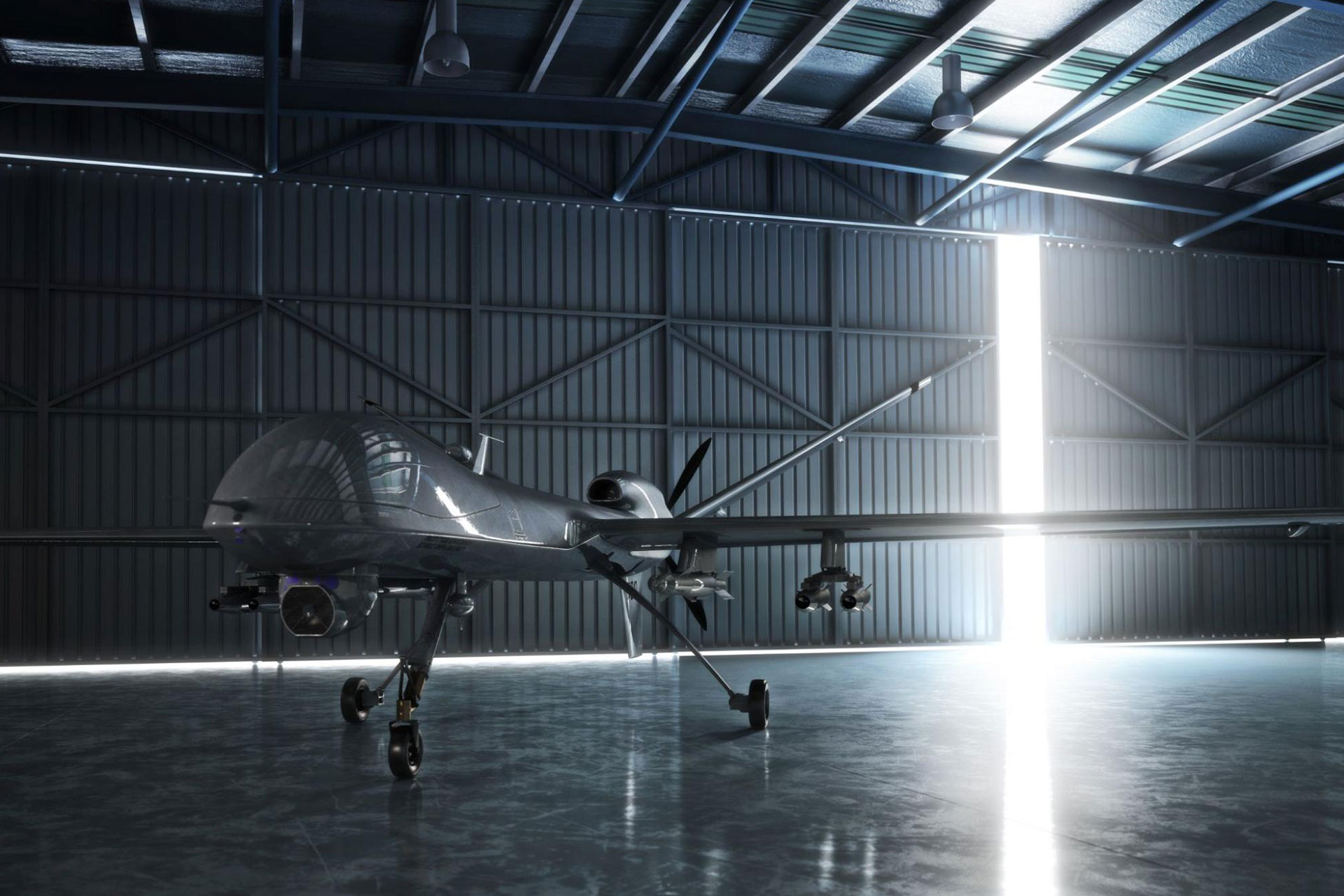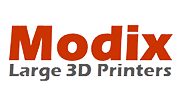The 6 Benefits of 3D Printing Technology in the Aerospace Industry

The aerospace industry has long been at the forefront of technological advancements, constantly pushing the boundaries of what is possible in aviation. In this era of innovation, 3D printing technology has become a significant advancement, revolutionizing the aerospace landscape in ways we have never imagined before.
With its great capabilities and unrivaled versatility, 3D printing is transforming the design, manufacturing, and maintenance processes within the aerospace industry. So in this blog, we will explore the remarkable benefits that 3D printing brings to the aerospace industry and uncover how this technology is propelling the sector towards new horizons of excellence.
Related: The 7 Industries That Use 3D Printing
1. Design Freedom and Complex Geometries
One of the most significant advantages of 3D printing technology in aerospace is the design freedom it offers. Traditional manufacturing methods often face limitations in creating complex geometries, leading to compromises in design.
Related: 3D Printing vs. Traditional Manufacturing: What’s Their Difference?
But with 3D printing, engineers can create intricate components with ease. This freedom enables the creation of optimized parts, reducing weight and increasing overall performance. It opens up new possibilities for advanced designs, such as lattice structures that provide strength while minimizing weight.
2. Weight Reduction and Fuel Efficiency
Weight reduction plays a crucial role in aerospace engineering. This is because lighter aircraft emit less carbon dioxide, consume less fuel, and have improved efficiency. 3D printing allows for the production of lightweight components by utilizing innovative materials and optimized designs. By reducing the weight of aircraft parts, fuel consumption is minimized, leading to cost savings and a more sustainable future for the aerospace industry.
3. Cost-Effective Prototyping and Production
In the aerospace industry, prototyping and testing are critical stages in the development of new aircraft. Traditionally, these processes involved expensive tooling and lengthy lead times. However, 3D printing has revolutionized this aspect, enabling cost-efficiency and rapid prototyping. With 3D printers, engineers can quickly iterate designs, test functionality, and identify improvements before moving to mass production. This streamlined process not only saves time, but also significantly reduces costs.
4. Supply Chain Optimization
The aerospace industry relies on complex supply chains to deliver components and spare parts. Although, this often leads to challenges, including long lead times and potential bottlenecks. 3D printing has the potential to revolutionize the aerospace supply chain by allowing on-demand production. Moreover, 3D printers located closer to the point of use can be utilized to produce parts when and where they are needed, reducing inventory costs and minimizing supply chain disruptions.
5. Enhanced Customization and Performance
Every aircraft has unique requirements and specifications. Using 3D printing technology, aerospace engineers can easily customize components to meet specific needs. This level of customization leads to enhanced performance and improved overall functionality. From interior cabin components to complex engine parts, 3D printing enables the creation of tailored solutions that optimize performance and ensure a superior flying experience.
6. Maintenance, Repair, and Overhaul (MRO) Advancements
The aerospace industry invests significant resources in maintenance, repair, and overhaul activities. 3D printing technology has transformed this aspect by providing efficient solutions for repairing and replacing damaged or obsolete parts. Instead of relying on hard-to-source components or expensive tooling, 3D printing enables the on-site production of spare parts, which helps decrease downtime and increase aircraft availability.
The aerospace industry has witnessed remarkable advancements through the integration of 3D printing technology. From design freedom and weight reduction to cost-effective prototyping and enhanced customization, 3D printing has transformed the way we approach aircraft manufacturing and maintenance. As the technology continues to evolve and improve, it holds tremendous potential for further innovation, driving the aerospace industry towards unprecedented achievements in efficiency, sustainability, and performance.
Looking for quality 3D printing in the Philippines? Contact us today to know more about our products!


 3D Printing
3D Printing  CNC Lathe
CNC Lathe  Desktop Filament Making
Desktop Filament Making  3D Scanning
3D Scanning  CNC Milling
CNC Milling  Packaging & Labeling
Packaging & Labeling  Bandsaw Cutting
Bandsaw Cutting  CNC Router
CNC Router  Vacuum Forming
Vacuum Forming  CNC Industrial
CNC Industrial  CNC Surface Grinding
CNC Surface Grinding  Waterjet Cutter
Waterjet Cutter 















